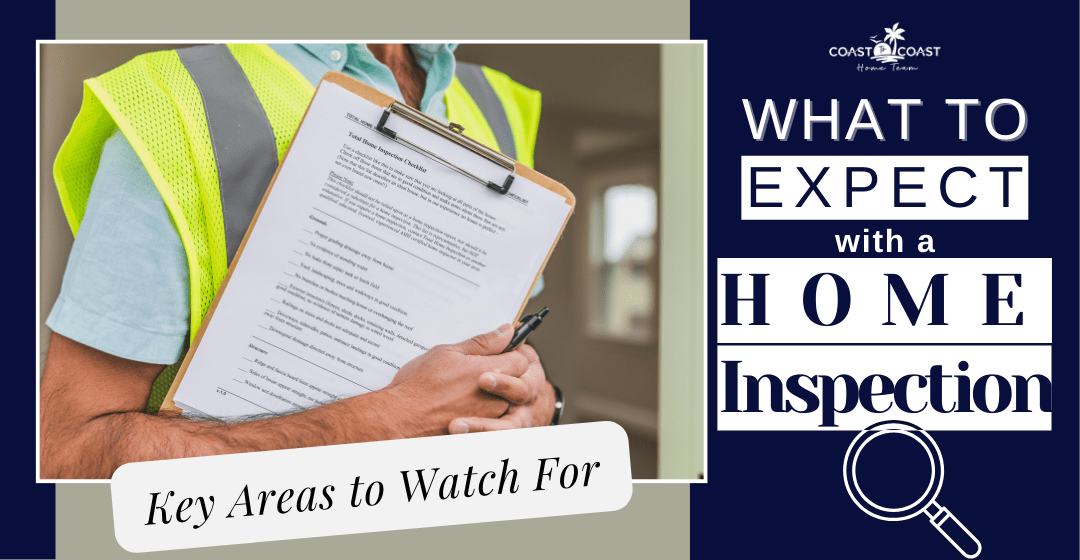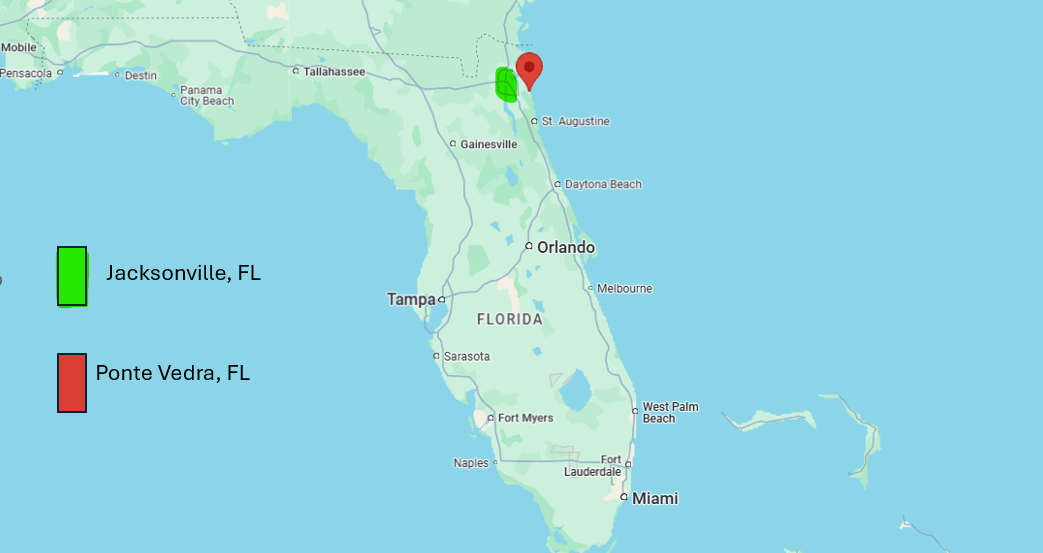
What to Expect with a Home Inspection
Leah Rose August 22, 2024

Leah Rose August 22, 2024
When buying a home, one of the most crucial steps in the process is the home inspection. It’s the moment when a professional inspector takes a thorough look at the property to ensure that everything is in good working order. But what exactly does this entail, and what should you, as a buyer, expect? Here's a breakdown of the key areas that will be inspected and what to keep an eye on during this process.
1. Structural Components
The foundation, walls, roof, and framing are critical parts of any home. The inspector will check for any signs of damage or wear, such as cracks in the foundation, sagging roofs, or issues with the support structure. These elements are vital as they affect the overall stability and safety of the home.
2. Exterior
The exterior inspection covers siding, doors, windows, and the roof. The inspector will look for signs of water damage, missing shingles, or issues with the gutters and downspouts. They will also check the condition of the driveway, walkways, and any attached decks or porches.
3. Roofing
The roof is one of the most important components of a home, protecting it from the elements. During the inspection, the inspector will assess the age and condition of the roofing material, check for leaks, and examine the flashing around chimneys and skylights.
4. Plumbing
Plumbing issues can be costly to repair, so this part of the inspection is crucial. The inspector will check for leaks, the condition of pipes, and water pressure. They’ll also assess the water heater and look for any signs of mold or water damage around plumbing fixtures.
5. Electrical Systems
Ensuring the electrical system is up to code is vital for safety. The inspector will examine the electrical panel, outlets, switches, and any visible wiring. They’ll look for outdated or faulty wiring that could pose a fire hazard or require expensive repairs.
6. Heating, Ventilation, and Air Conditioning (HVAC)
The HVAC system is essential for maintaining comfort in your home. The inspector will check the furnace, air conditioner, and ventilation system, making sure they are functioning properly and efficiently. They’ll also inspect the ductwork for any signs of leaks or damage.
7. Interior
Inside the home, the inspector will look at walls, ceilings, floors, windows, and doors. They’ll be on the lookout for any signs of structural damage, water intrusion, or faulty installations. This also includes inspecting the attic and basement for insulation, ventilation, and any potential pest issues.
8. Appliances
If the home comes with appliances, such as a stove, refrigerator, dishwasher, or washer and dryer, the inspector will check their condition and functionality. While not a dealbreaker, it’s good to know if you’ll need to budget for replacements soon after moving in.
9. Safety Features
Finally, the inspector will assess the safety features of the home, such as smoke detectors, carbon monoxide detectors, and any installed security systems. They’ll ensure these are in place and functioning correctly.
What To Do After The Inspection
Once the inspection is complete, you’ll receive a detailed report outlining the condition of the home and any potential issues. It’s essential to review this report carefully. If significant problems are found, you may want to negotiate repairs or a price reduction with the seller. In some cases, you might even reconsider the purchase if the issues are too severe.
A home inspection is a vital step in the home-buying process. By understanding what to expect, you can be better prepared to make an informed decision about your investment.
Stay up to date on the latest real estate trends.

Buying a Home
Mansions, Market Trends, and the Insurance Edge

Jacksonville, Florida
A Coastal Escape: Where Ponte Vedra Beach Sits on the Map and Why It’s a Florida Treasure

Jacksonville, Florida
A Hidden Gem for Homebuyers

Insights to Help You Avoid Regrets and Embrace Life’s Big Decisions with Confidence

Proactive Tips to Protect Your Home, Health, and Car from Winter's Wrath

Transform Your Space: Easy Upgrades to Maximize Your Property’s Market Appeal

Strategic Tips to Elevate Your Financial Success and Build Lasting Wealth

Why Purchasing a Luxury Home Is More Than Just an Investment

Your Guide to Deciding if 2025 Is the Year to Step into Homeownership
Over twenty years of comprehensive experience in direct sales, marketing, and management within the real estate industry. I enjoy entrepreneurial activities creating awesome opportunities for others, building client relationships as well as relationships with business partners and employees.